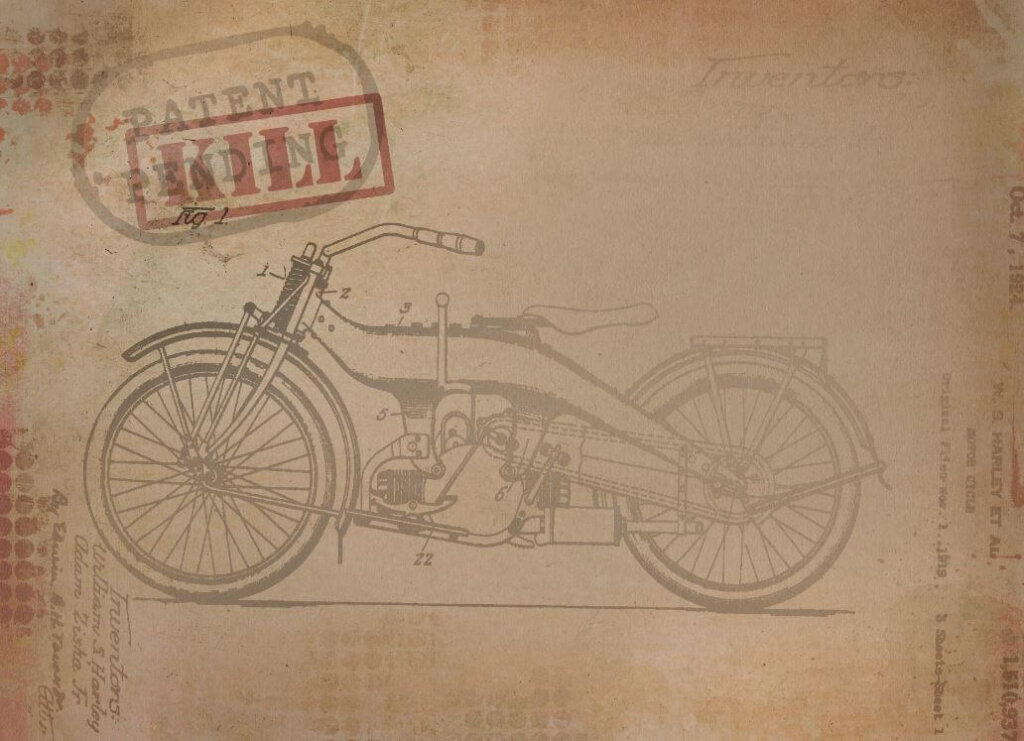From 1836 (the start of the present patent numbering sequence) to the present, over 9 million patents have been granted by the United States Patent and Trademark Office. Of course, most of those patents are not “active.” Many have “deceased” naturally. Each patent has a lifetime, and until 1995 it was 17 years from the date of grant. Now, a patent’s life is 20 years from the date of filing. In reality, calculating the life of a patent is more complicated than simply adding 20 years to the filing date, as it always is with federal law. But we won’t go there with this column.
What about early termination of a patent? Your client has a successful product, but someone seemingly out of nowhere sends a letter with a copy of a patent attached and demands that your client stop making and selling its product, along with a demand for past damages. Your client asks: “What do I do? Can this patent be ‘worked around’ or eliminated?” After consulting a patent attorney, it appears there is a work around, but that makes the client’s product less appealing and requires costly changes to product production.
The patent attorney also says, “There is a good chance that the patent’s claims are invalid.” Elimination, what a hopeful thought! The sun shines again for the client; but wait, there are dark clouds on the horizon. Patent related lawsuits are expensive (think: millions in attorney’s fees) and last for years with no outcome assurance. Thus, for years your client will spend lots of money, waste precious management time, and be in a state of limbo. Is there another way?
GET READY TO BE COMPLICATED
The answer is … of course. The United States Patent Office has a number of procedures to either eliminate or “adjust” the scope of an issued patent. Why a number of procedures? Why not one? Someone once said that the “future is governed by the past.” Our patent system is no exception. Changes in United States patent law have been made over the years, with the most notable having taken effect Sept. 16, 2012, and March 16, 2013, (and these recent changes have had at least one eye on the past). When you look at the past, the future gets complicated. The future contains some past procedures and some new procedures for those situations, that the past procedures failed to address, while the new procedures have components from the past. Lost yet?
No worries! We’ll help with a brief description of these procedures, but make no mistake, there is much more. We are limiting this discussion to procedures that the “accused” can initiate against a granted patent (as opposed to a pending patent application) and ignoring those procedures that only the patent owner can bring to shore up a patent.
THE OLD PROCEDURES
Ex Parte Reexamination can be instituted by anyone (including the patent owner or an anonymous party), at any time. If the requestor is a third party, the requestor has no say in the reexamination once it starts. The reexamination is conducted between the patent examiner and the patent owner, and can be brought against any active patent.
Inter Partes Reexamination can be instituted only by a third party against a patent that was an application filed in a limited time window (filed on or after Nov. 29, 1999, and up to and including Sept. 15, 2012), and can be bought at any time.
THE NEW PROCEDURES
Inter Partes Review will eventually replace Inter Partes Reexamination, and (1) can only be instituted after nine months have passed since a patent issued (for patents issued on or after Sept. 16, 2012); or (2) can be filed anytime (for those patents issued prior to Sept. 16, 2012).
Post Grant Review can only be instituted against a patent having an effective filing date on or after March 16, 2013, and only before nine months have passed from the date of issuance of that patent.
Covered Business Method can be instituted for any patent having claims to a “business method.”
All of the “new” proceedings must be completed within one year, and have varying estoppel effects in any subsequent lawsuit. In addition, the requestor has to be a party other than the patent owner, and once initiated the requestor is involved sort of like a back-seat driver, able only to comment on the patent owner’s filings with the Patent Office.
THE OLD WITH THE NEW
There are many nuances to each of these proceedings, but a common feature is lower cost and much shorter time for completion, when compared to a lawsuit. It makes the United States Patent Office an attractive alternative for killing a patent. Z. Peter Sawicki and James L. Young








